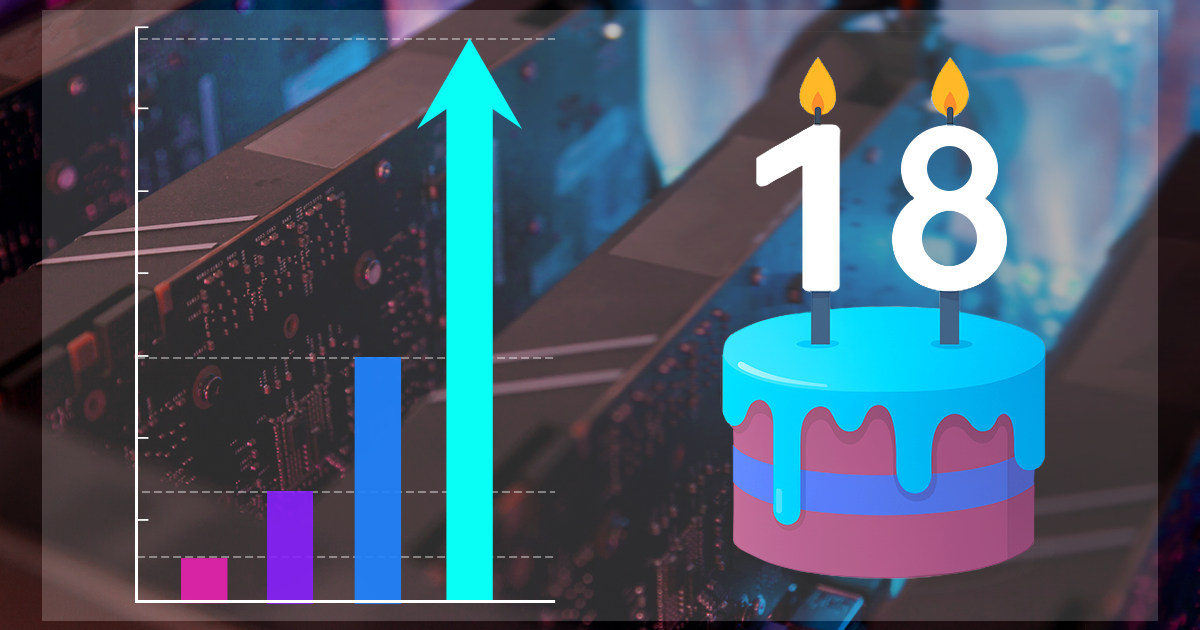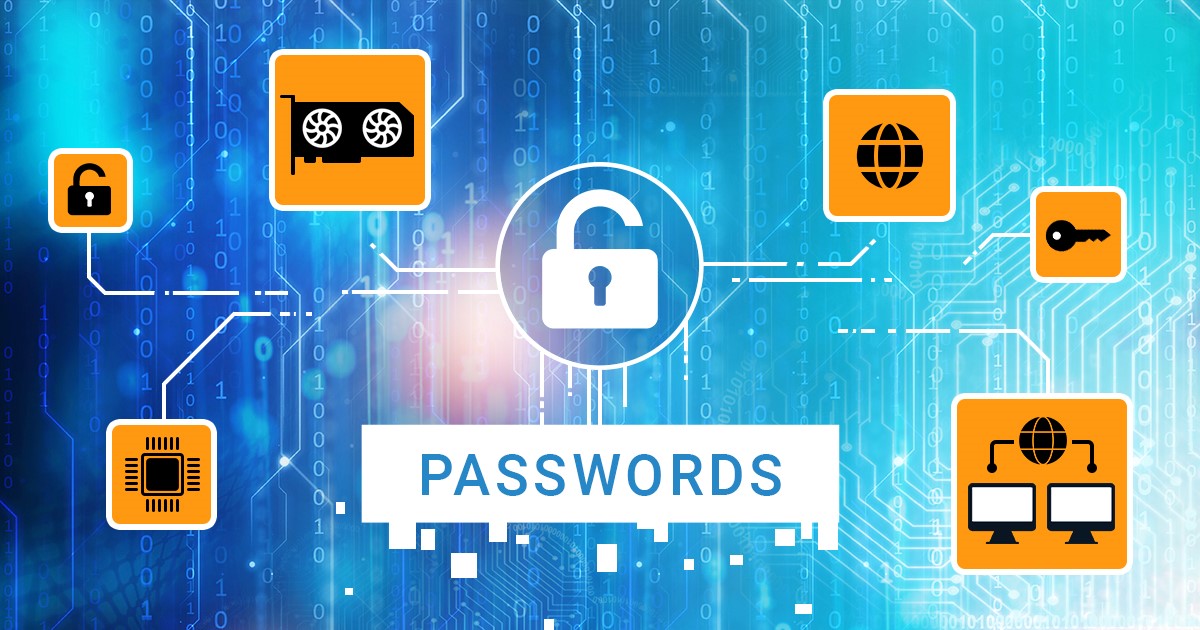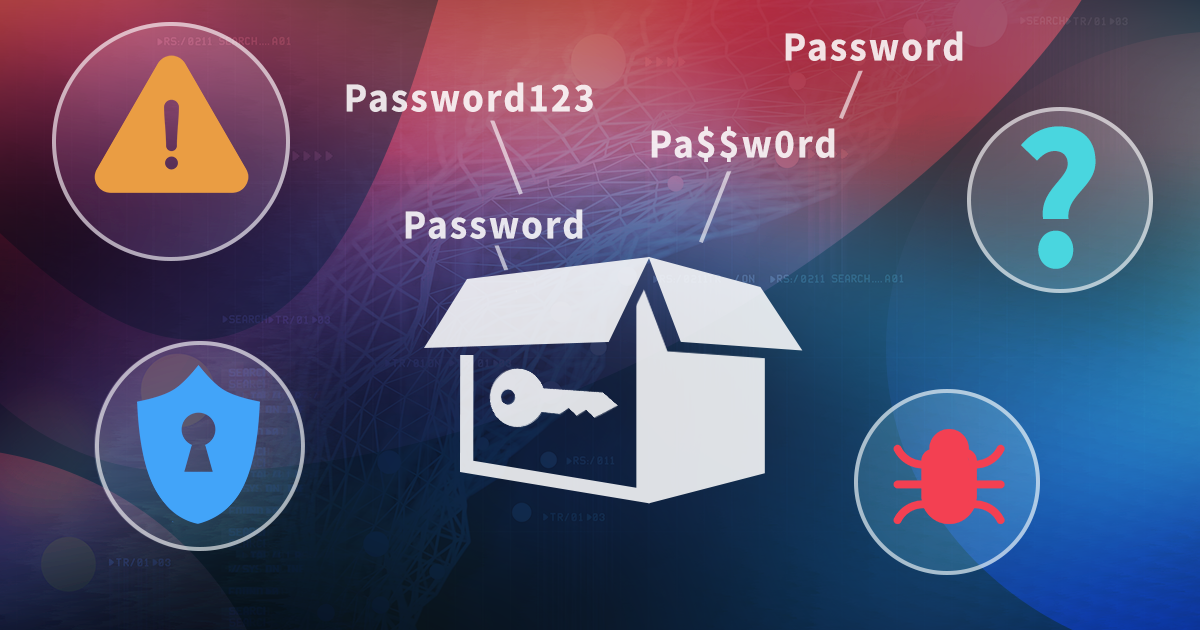The unc0ver v5 jailbreak has been available for a while now. It supports the newest versions of iOS up to and including iOS 13.5, and this is fantastic news for DFIR community, as it allows extracting the full file system and the keychain when acquiring the newest latest iPhone models such as the iPhone 11 and 11 Pro, and SE 2020. In this article, I’ll talk about the unc0ver jailbreak, the installation and usage for the purpose of file system extraction, and discuss the differences between jailbreak-based and jailbreak-free extraction.
Elcomsoft iOS Forensic Toolkit 6.0 is out, adding direct, forensically sound extraction for Apple devices running some of the latest versions of iOS including iOS 13.3.1, 13.4 and 13.4.1. Supported devices include the entire iPhone 6s, 7, 8, X, Xr/Xs, 11, and 11 Pro (including Plus and Max versions) range, the iPhone SE, and corresponding iPad models. Let’s review the changes and talk about the new acquisition method in general.
BitLocker is one of the most advanced and most commonly used volume encryption solutions. BitLocker is well-studied and extensively documented solution with few known vulnerabilities and a limited number of possible vectors of attack. BitLocker volumes may be protected with one or more protectors such as the hardware-bound TPM, user-selectable password, USB key, or combination thereof. Attacking the password is only possible in one of these cases, while other protectors require a very different set of attacks. Learn how to approach BitLocker volumes depending on the type of protector.
When attacking a password, the traditional forensic workflow requires uploading the entire encrypted file or document into a password recovery tool. This approach, while simple and intuitive, has one major drawback if you are using remote computers or cloud instances to perform an attack. If the remote computer is compromised, the entire file or document is leaked complete with its (still encrypted) contents. Learn how to overcome this issue and perform remote attacks without the reason of leaking personal information.
The new build of iOS Forensic Toolkit is out. This time around, most of the changes are “internal” and do not add much functionality, but there is a lot going on behind the scenes. In this article, we will describe in details what is new and important, and how it’s going to affect you. We’ll share some tips on how to use the software in the most effective way, making sure that you extract all the data from iOS devices in the most forensically sound possible.
EIFT, Elcomsoft iOS Forensic Toolkit, Elcomsoft Phone Breaker, Elcomsoft Phone Viewer, EPB, EPV, full file system, iTunes, logical acquisition, macOS 10.15, macOS Catalina
We have updated Elcomsoft Cloud Explorer, our Google Account extraction tool, with Google Dashboard support. The Google Dashboard service is little known among computer forensic specialists since Dashboard data cannot be downloaded from Google or obtained by serving a legal request. Yet, Dashboard aggregates massive amounts of data collected and stored in the user’s Google Account, offering an essential overview of the user’s activities. In this article, we’ll demonstrate how to obtain Dashboard data directly from the user’s Google account.
Accessing a locked system is always a challenge. While you might be tempted to pull the plug and image the disk, you could miss a lot of valuable evidence if you do. Full-disk encryption, EFS-encrypted files and folders and everything protected with DPAPI (including the passwords stored in most modern Web browsers) are just a few obstacles to mention. Recovering the original Windows logon is a must to access the full set of data, while resetting the logon password may help unlock working accounts in emergencies.
With nearly half a billion users, Telegram is an incredibly popular cross-platform instant messaging app. While Telegram is not considered the most secure instant messaging app (this title belongs to Signal), its conversation histories do not appear in either iTunes or iCloud backups. Moreover, Telegram secure chats are not stored on Telegram servers. As a result, Telegram secret chats can be only extracted from the device of origin. Learn how to extract and analyse Telegram secret chats from the iPhone file system image.
Instant messaging apps have become the de-facto standard of real-time, text-based communications. The acquisition of instant messaging chats and communication histories can be extremely important for an investigation. In this article, we compare the five top instant messaging apps for iOS in the context of their forensic analysis.
Apple iCloud, Apple iCloud Drive, EIFT, Elcomsoft eXplorer for WhatsApp, Elcomsoft iOS Forensic Toolkit, Elcomsoft Phone Breaker, Elcomsoft Phone Viewer, EPB, EPV, EXWA, iMessage, Signal, Skype, Telegram, WhatsApp
Last week, Microsoft Edge has become the second most popular desktop Web browser based on NetMarketShare usage figures. The new, Chromium-powered Edge offers impressive levels of customization and performance, much better compatibility with Web sites. The new browser is available on multiple platforms including older versions of Windows. With Chromium-based Edge quickly gaining momentum, we felt the urge of researching its protected storage.


